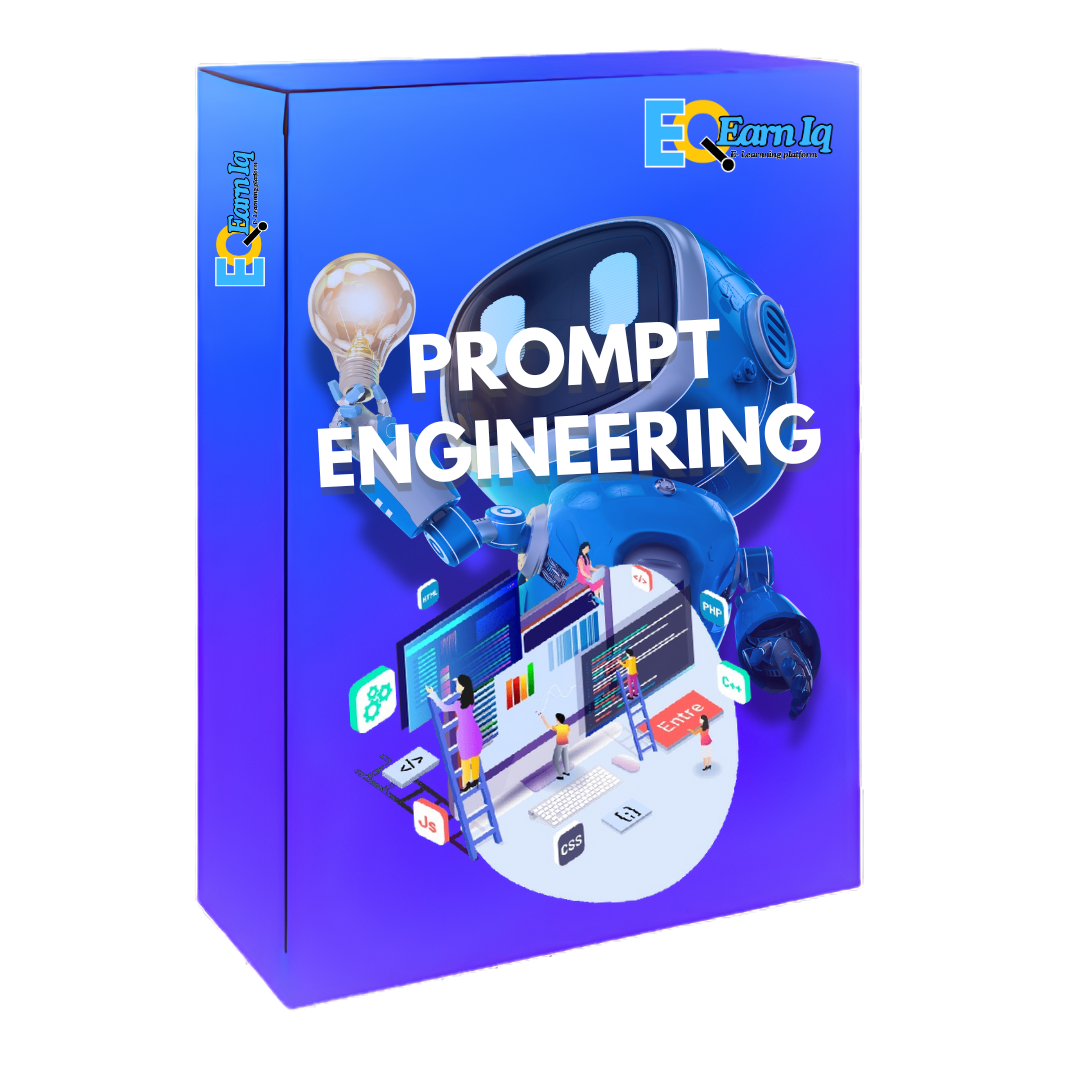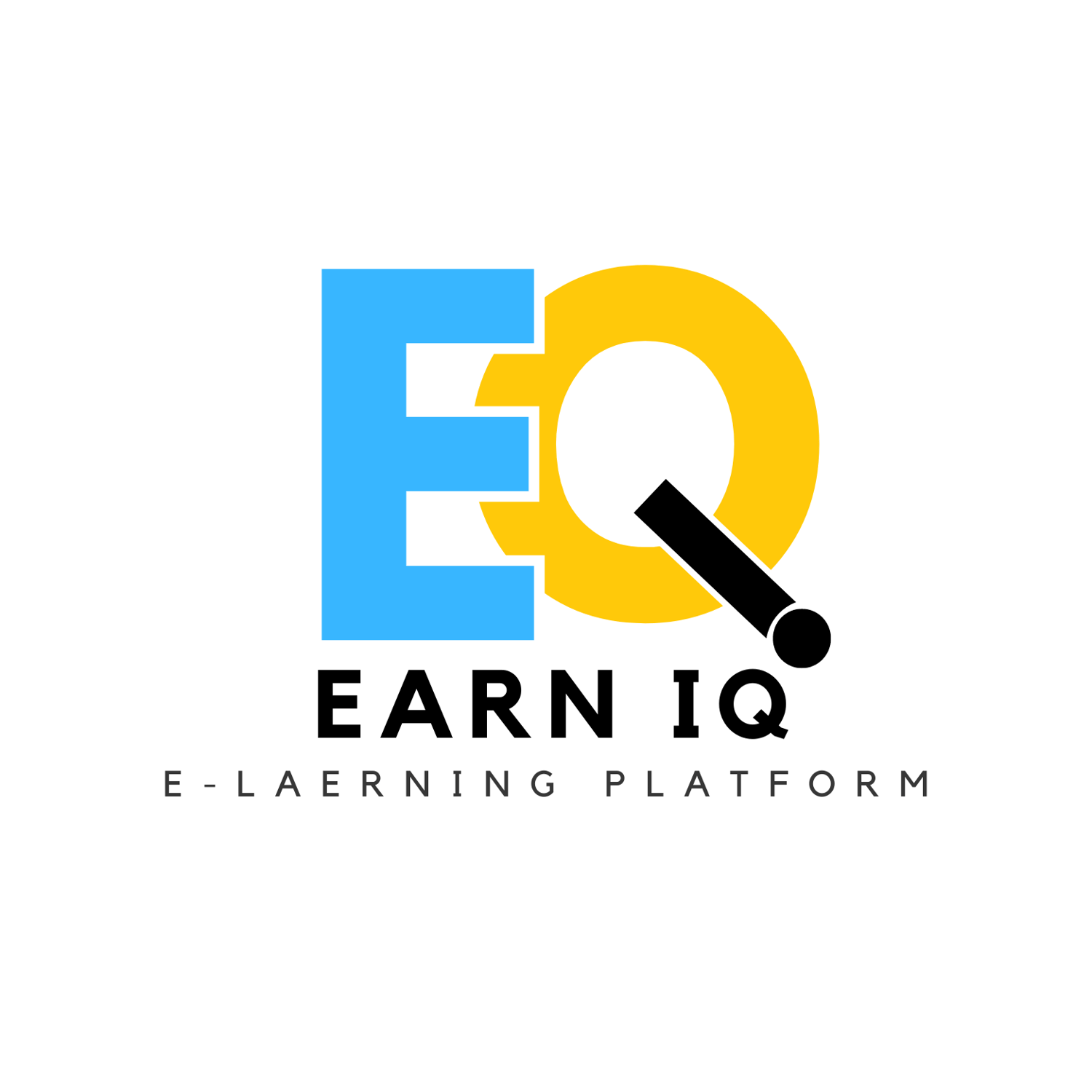
What is Prompt Engineering ?
Prompt engineering is the practice of crafting effective input prompts to guide AI systems toward generating the desired output. Here are some key tips and strategies to refine your prompt-engineering skills:
---
1. Start with Clarity and Context**
- **Be Specific:** Clearly outline what you want the AI to do. For example, instead of "Tell me about dogs," use "Provide a detailed description of Labrador Retrievers, focusing on temperament and exercise needs."
- **Provide Context:** If the task is complex, include necessary background information or examples within the prompt.
---
2. Experiment with Different Structures**
- **Open-ended Prompts:** Useful for creativity or brainstorming. Example: "What are some futuristic ideas for urban transportation?"
- **Instructional Prompts:** Give clear step-by-step instructions. Example: "List three advantages and three disadvantages of electric cars, each with a brief explanation."
- **Question-and-Answer Prompts:** Directly ask a question. Example: "What are the benefits of renewable energy over fossil fuels?"
---
3. Use Systematic Constraints**
- **Word/Character Limits:** "Write a summary of climate change impacts in under 150 words."
- **Formatting Requirements:** "Generate a table comparing renewable energy sources (solar, wind, and hydro) based on cost, efficiency, and environmental impact."
- **Perspective Constraints:** "Explain the concept of blockchain as if you're speaking to a 12-year-old."
---
4. Iterative Refinement**
- **Start Broad, Then Narrow:** Begin with a general query and refine it based on the AI's response. Example:
- Initial Prompt: "Tell me about renewable energy."
- Refined Prompt: "Focus on the cost-effectiveness of solar energy compared to wind energy."
- **Test and Adjust:** Try multiple phrasings to find the one that produces the best result.
---
5. Utilize Examples**
- Provide examples of the output format you expect. For instance:
- Prompt: "Create a poem about autumn, similar in tone to Robert Frost's style."
- Example Output: "The leaves fell gently on the ground, / Whispering secrets without a sound."
---
6. Multi-Turn Conversations**
For complex tasks, break them into steps across multiple prompts:
1. "What are the key components of a marketing strategy?"
2. "Focus on the digital marketing aspect. What are its main tools and techniques?"
---
7. Leverage Few-shot Learning**
Few-shot learning involves providing a few examples in the prompt to guide the AI. For example:
- Prompt:
```
Convert the following sentences into active voice:
1. The book was read by Sarah. -> Sarah read the book.
2. The cake was baked by John. -> John baked the cake.
3. The car was fixed by the mechanic. ->
```
---
8. Keep Track of Successes**
Maintain a "library" of prompts that worked well for specific tasks or domains. This will save time in future projects.
---
9. Consider Prompt Length**
- Short and to-the-point prompts often work well for simple tasks.
- Longer prompts might be necessary for complex or nuanced outputs.
---
10. Use Tools to Enhance Prompting**
- Experiment with prompt templates or frameworks.
- Familiarize yourself with platform-specific prompt features, such as OpenAI’s system and user roles.
-

Why you Should Buy this Course
1. Harness AI Capabilities Efficiently**
- Prompt engineering allows you to fully utilize AI tools like ChatGPT, DALL·E, or Bard, ensuring you get precise and meaningful outputs.
2. Boost Creativity and Innovation**
- By crafting effective prompts, you can unlock AI’s potential for brainstorming, storytelling, and generating creative solutions in various domains.
3. Save Time and Increase Productivity**
- Learning how to ask the right questions enables you to streamline workflows, automate tasks, and solve problems faster with AI.
4. Gain a Competitive Edge in the Job Market**
- Prompt engineering is a valuable skill as industries increasingly adopt AI. It's in demand across fields like marketing, tech, education, and design.
5. Enhance Learning and Research**
- AI can become a personalized tutor or research assistant when guided by well-structured prompts, making it an invaluable tool for self-education and exploration.
6. Solve Complex Problems**
- Mastering prompts can help break down intricate problems into actionable steps, leveraging AI for problem-solving and analysis.
7. Improve Communication Skills**
- Crafting precise and effective prompts requires clarity and conciseness, which can sharpen your ability to communicate complex ideas.
8. Support Content Creation and Marketing**
- Whether it's writing blogs, generating ad copy, or creating social media posts, prompt engineering helps tailor AI outputs to your target audience.
9. Collaborate with AI in Diverse Domains**
- From coding and design to healthcare and finance, prompt engineering opens doors to collaboration with AI in countless fields.
10. Future-Proof Your Skills**
- As AI evolves, prompt engineering will remain a foundational skill for interacting effectively with AI-driven systems, ensuring long-term career adaptability.
-
Course curriculum
Module 1: Introduction to Prompt Engineering
1.1 Understanding AI Systems**
- Basics of NLP and generative AI (e.g., ChatGPT, DALL·E, Bard).
- Overview of large language models (LLMs): how they work and their limitations.
1.2 Role of Prompt Engineering**
- Definition and importance.
- Real-world applications across industries.
1.3 Ethics in Prompting**
- Responsible AI use.
- Avoiding bias, misinformation, and harmful outputs.
---
Module 2: Fundamentals of Crafting Prompts**
- **2.1 Structure of a Good Prompt**
- Components: context, task, and instructions.
- Characteristics of effective prompts: clarity, specificity, and goal orientation.
2.2 Types of Prompts**
- Open-ended vs. closed-ended.
- Instruction-based, question-based, and creative prompts.
2.3 Iterative Prompting**
- Refining outputs through trial and error.
- Handling unexpected or unsatisfactory results.
---
Module 3: Advanced Techniques in Prompt Engineering**
3.1 Contextual Prompting**
- Embedding context for tailored outputs.
- Few-shot and zero-shot learning.
3.2 Formatting and Constraints**
- Controlling output format (e.g., lists, tables, structured data).
- Applying length, tone, and perspective constraints.
3.3 Prompt Chaining**
- Using multi-turn interactions for complex tasks.
- Building workflows across multiple queries.
---
Module 4: Domain-Specific Prompt Engineering**
4.1 Business and Marketing**
- Generating ad copy, SEO content, and social media posts.
- Creating customer support scripts and FAQs.
4.2 Coding and Development**
- Writing code snippets or debugging.
- Explaining algorithms and concepts.
-4.3 Education and Research**
- Generating lesson plans, summaries, and quiz questions.
- Conducting literature reviews and data analysis.
4.4 Art and Creativity**
- Creating visual art prompts (e.g., for DALL·E or MidJourney).
- Writing poetry, stories, and scripts.
---
Module 5: Tools and Platforms**
5.1 Popular AI Tools**
- Overview of OpenAI (ChatGPT, DALL·E), Google Bard, and others.
-5.2 API and Automation**
- Integrating prompts with APIs for scalable solutions.
5.3 Prompt Templates**
- Using and modifying pre-built prompts for efficiency.
---
Module 6: Challenges and Best Practices**
6.1 Common Pitfalls**
- Overly broad or vague prompts.
- Misalignment between prompts and goals.
6.2 Debugging Prompts**
- Diagnosing why a prompt isn’t working.
- Tweaking instructions for better performance.
6.3 Staying Updated**
- Keeping up with advancements in AI and prompt engineering techniques.
---
Capstone Project**
- Design prompts for a real-world application (e.g., building a chatbot, generating marketing materials, or creating an art project).
- Present results and explain the rationale behind prompt design.
---
Bonus: Future Trends in Prompt Engineering**
- Prompting in multimodal models (e.g., combining text, image, and audio inputs).
- Emerging technologies and their impact on AI-human interaction.
---
-
1Prompt Engineering

